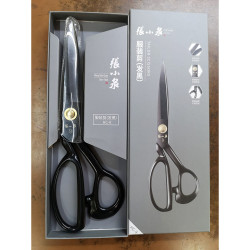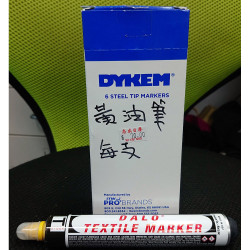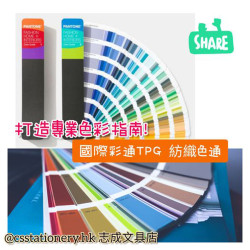Challenges and transformations facing Hong Kong’s textile industry

Challenges and transformation of Hong Kong's textile industry: strategies for finding new markets and value-added products
As an important economic sector, Hong Kong's textile industry faces multiple challenges including global competition and cost pressure. This blog will analyse the challenges of Hong Kong's textile industry and explore its strategies for transforming to find new markets and value-added products.
1. Global competition and cost pressures:
Hong Kong's textile industry faces fierce competition from other countries and regions. Many countries such as China, India and Southeast Asian countries have lower labor and production costs, which allows them to offer textile products at lower prices. This has put cost pressure on Hong Kong's textile industry, forcing them to look for new competitive strategies and value-added products.
2. Find new markets:
In the face of global competition, Hong Kong's textile industry needs to look for new market opportunities. An important strategy is to explore emerging markets and new application areas. For example, textile companies in Hong Kong can look for high-end markets to offer high-quality and innovatively designed textile products. At the same time, they can look for emerging application areas, such as smart textiles and sustainable textiles, to meet changing consumer needs.
3. Value-added products and brand building:
The textile industry needs to transform from low-priced and low-value-added products to value-added products and brand building. This can be achieved by focusing on design innovation, quality control and technology upgrades. For example, textile enterprises in Hong Kong can strengthen product research and development to develop textile materials with special functions and properties, such as antibacterial, waterproof and breathable materials. At the same time, they can build their own brand, increase brand awareness and value, and thus gain an advantage in the market competition.
4. Digital Transformation:
Digital transformation is one of the key strategies for the transformation of Hong Kong's textile industry. By introducing digital and smart manufacturing technologies, companies can improve production efficiency and production flexibility while reducing costs and waste of resources. For example, textile companies in Hong Kong can adopt digital design and production technologies, such as virtual prototyping and 3D printing, to speed up product development and production processes.
Hong Kong's textile industry faces multiple challenges such as global competition and cost pressures, but also faces opportunities for transformation and development. Through strategies such as finding new markets, offering value-added products, brand building and digital transformation, Hong Kong's textile industry can meet challenges and find new growth opportunities. These strategies require companies to invest and innovate in technology, design and market development. As Hong Kong's textile industry continues to transform and upgrade, it can remain competitive and achieve sustainable development in global competition.
Example: The transformation success story of a textile enterprise in Hong Kong
ZZZ Textile Co., Ltd. in Hong Kong is a traditional textile enterprise facing the challenges of global competition and cost pressure. To meet these challenges, the company decided to transform itself to find new markets and value-added products.
First, ZZZ Textile began looking for new market opportunities. They noticed a strong demand for high-quality and innovatively designed textile products at the high end of the market. They invest in R&D and design teams dedicated to developing unique textile materials and products. By working with designers and brands, they have successfully entered the high-end market, offering their customers personalized and high-quality textile products.
Secondly, ZZZ Textile focuses on value-added products and brand building. They have intensified product research and development to develop textile materials with special functions and properties, such as antibacterial, waterproofing and breathable materials. At the same time, they have built their own brand, increasing brand awareness and value through marketing and brand building. This makes ABC Textile have a competitive advantage in the market and has been recognized and trusted by high-end customers.
Finally, ZZZC Textile implemented a digital transformation strategy. They introduced digital design and production technologies such as virtual prototyping and 3D printing. These technologies increase production efficiency and flexibility while reducing costs and wasted resources. Through digital transformation, ABC Textile is able to bring products to market faster and meet customer demand for individualization and fast delivery.
Through the implementation of these transformation strategies, ZZZ Textile has successfully met the challenges of global competition and cost pressure. They have found success at the high end of the market and built brands with competitive advantages. At the same time, their digital transformation makes them more competitive and flexible. This story shows how Hong Kong's textile industry is transforming to find new markets and value-added products to achieve sustainable development.



